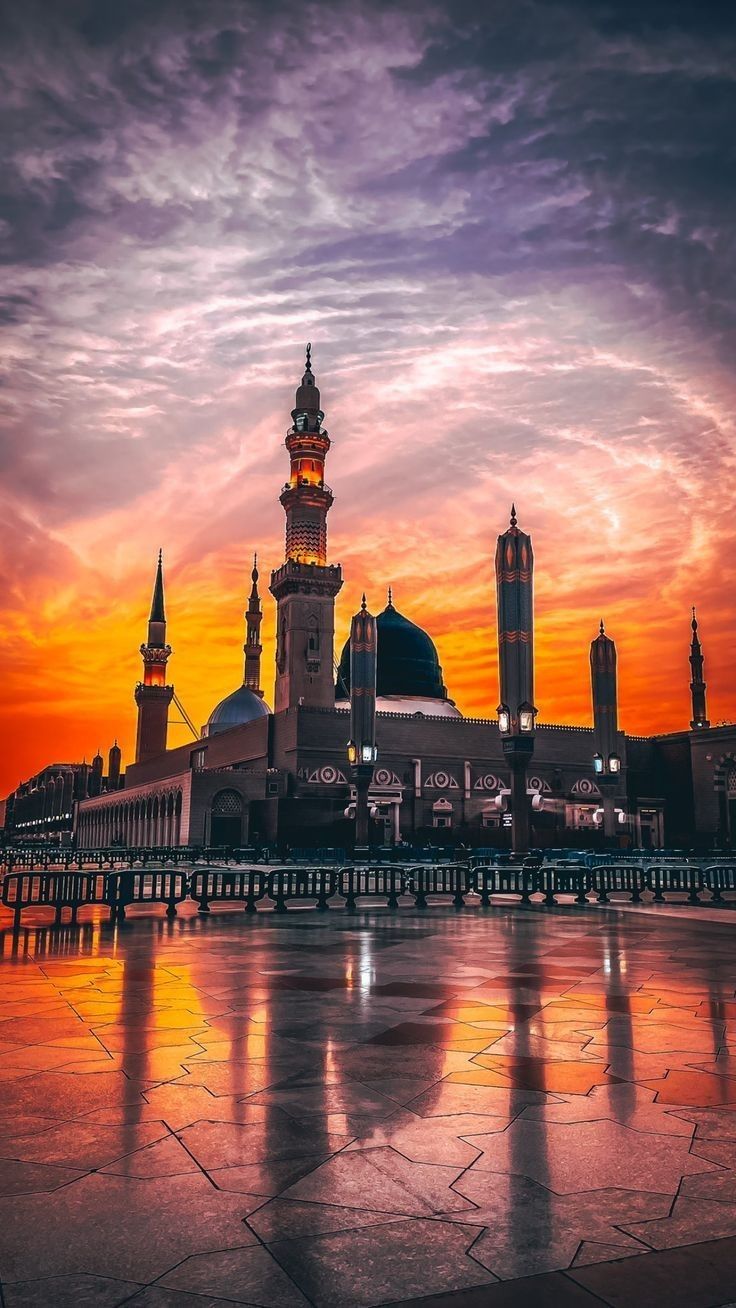Saudi Arabia
Medina, city situated in the Hejaz area of western Saudi Arabia, around 100 miles (160 km) inland from the Red Ocean and 275 miles (445 km) from Mecca by street. It is the second holiest city in Islam, after Mecca.Medina, Saudi Arabia.Medina is praised as the spot from which Muhammad laid out the Muslim people group (ummah) after his departure from Mecca (622 CE) and is where his body is buried. A journey is made to his burial chamber in the city’s main mosque. Pop. (2010) 1,100,093.
Landscape
- City site
Medina is situated on a fertile oasis 2,050 feet (625 meters) above sea level. An extensive lava field, some of which is from a 1207 CE volcanic eruption, forms its eastern boundary. The city is surrounded on three sides by the dry hills of the Hejaz mountain range. Mount Uud is the highest of these hills, rising more than 600 meters (2,000 feet) above the oasis.
- City layout
In the downtown area is the Prophet’s Mosque, which Muhammad himself assisted with building. Non-Muslims are not allowed to enter this hallowed region of the city yet may in any case see a decent view from outside the area. A succession of caliphs made improvements and additions to the mosque complex. During the Umayyad caliph al-Waleed ibn Abd al-Malik’s reign, the Prophet’s wives’ chamber was incorporated into the extension. The mosque was damaged by fire twice, once in 1256 and once in 1481. Devout rulers of several Islamic nations rebuilt it in a variety of ways. The gold-and-mosaic-covered interior of the mosque was adorned by Sultan Selim II (1566–1741). Ruler Mahmud II constructed the arch in 1817 and in 1839 painted it green, this being the acknowledged shade of Islam. In 1848, Sultan Abdülmecid I started a project to virtually rebuild the mosque, which was finished in 1860. This was the final renovation before King Abdul-Aziz’s 1948 plan for a modern expansion, which King Saud carried out from 1953 to 1955. The mosque now has a new northern court and colonnades in the same style as the 19th-century structure, but they are made of concrete rather than stone from the nearby hills. Previously restricted to female worshippers, the qafa (cage) has been dismantled, but the southern (main) portion of the mosque has not been altered in any way. It is made up of three ornamental iron structures that are supposed to be the Prophet’s houses. Under the big green dome, there is the tomb of the Prophet himself, the tombs of the first two caliphs, Abbakr and Umar, and the tomb of the Prophet’s daughter, Fimah. The palm grove (al-Rawah), in which the first simple mosque was constructed, is depicted in a specially decorated section of the pillared southern colonnade.
At Sultanah, to the south of the garrison’s barracks, there was once a small military landing ground. However, the area is now occupied by the king’s palace and its numerous satellites. The tomb of Amr ibn al-, the renowned conqueror of Palestine and Egypt for early Islam, is also located there. On the summit of Mount Uud is where Aaron’s tomb is.
